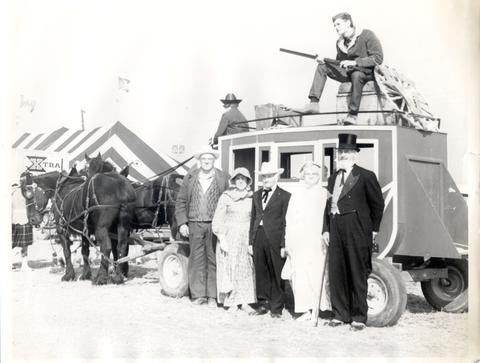Postcard Memories is a series of historic views, stories and photos of Bradford West Gwillimbury, a trip down memory lane on a Saturday morning.
Before the train arrived in Bradford, commercial travel by boat was very important.
In the early 1850s the stage left from Toronto at 8 a.m., travelled up Yonge Street to Holland Landing, then on to Bradford, connecting with the steamship, The Beaver, which provided transportation to Barrie by 6 p.m. on the same day.
In 1853, when the train came to Bradford, it was a village with stores, blacksmiths, grain merchants, saw and gristmills.
With the arrival of the railroad, Bradford became the market town.
Stage routes were changed to make connections to the new train service coming to Bradford.
An ad in the 1854 issue of the Bradford Chronicle read:
The Royal Mail Stage will leave Cookstown for Bradford, passing through Newton Robinson, Bond Head and Middleton, at half past 4 a.m., arriving at Bradford in time for passengers going by the Down Train at 20 minutes past 8 a.m. Returning we will leave Bradford for Cookstown at half past 10 a.m. Passengers for Barrie or Toronto will thus be on time for the trains at Bradford and those wishing to get to Bond Head or Cookstown will be there early in the day, signed George Taylor, Contractor, Nov. 12, 1853.
There were many hotels and inns that provided hospitality for travellers and their horses. The hotel and mill were most often the two facilities that promoted the founding of a hamlet.
-from the Governor Simcoe Slept Here Volume I book
